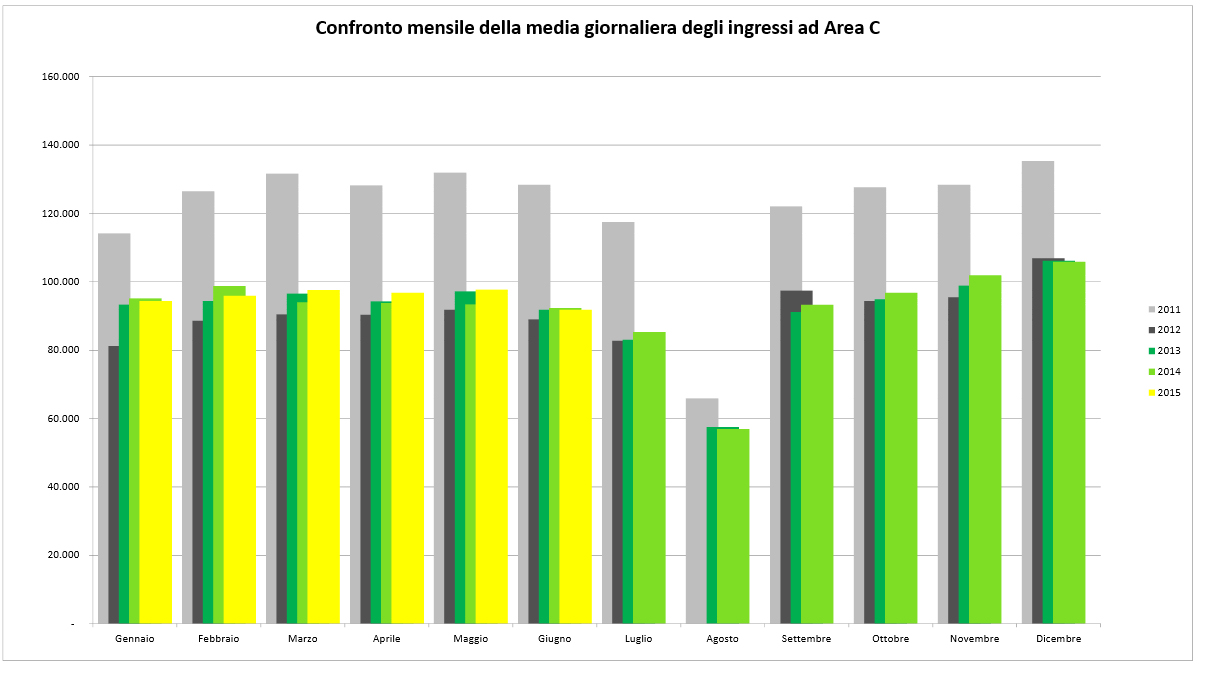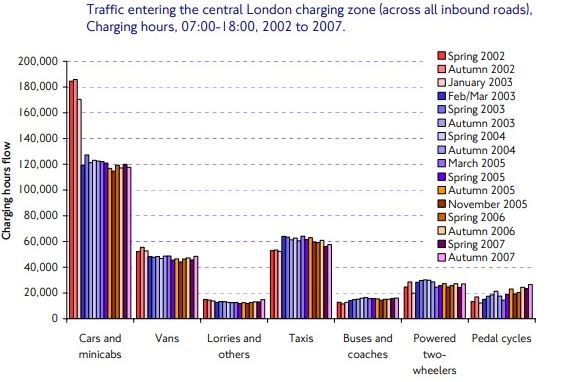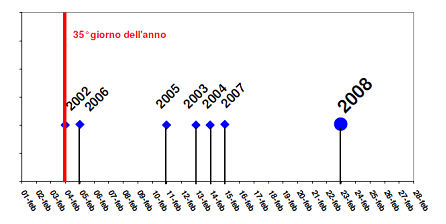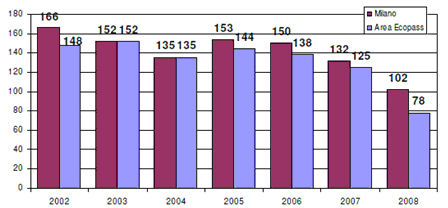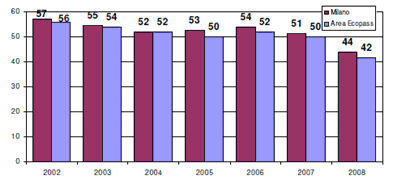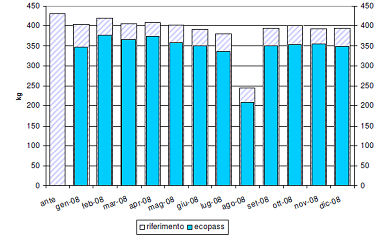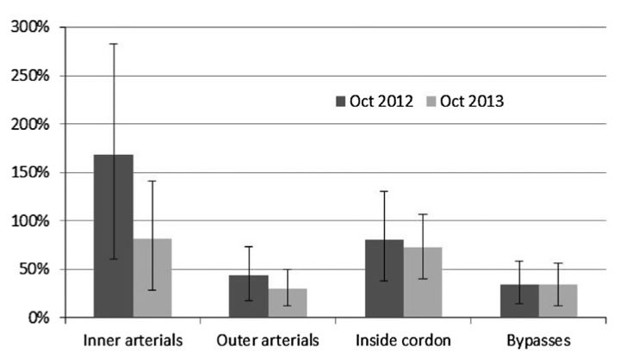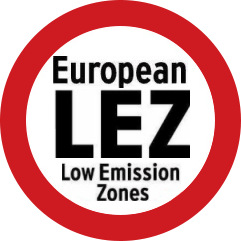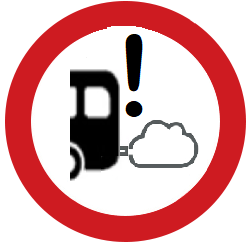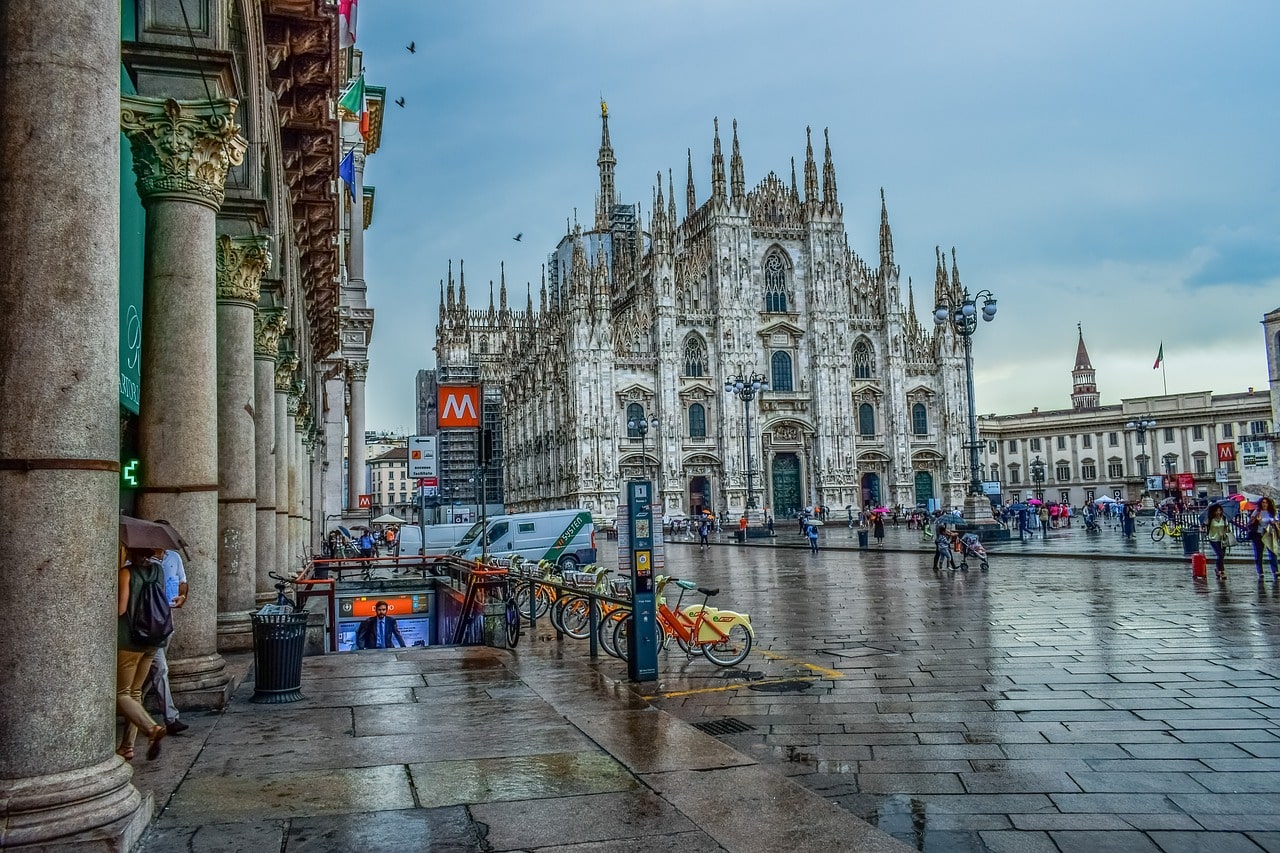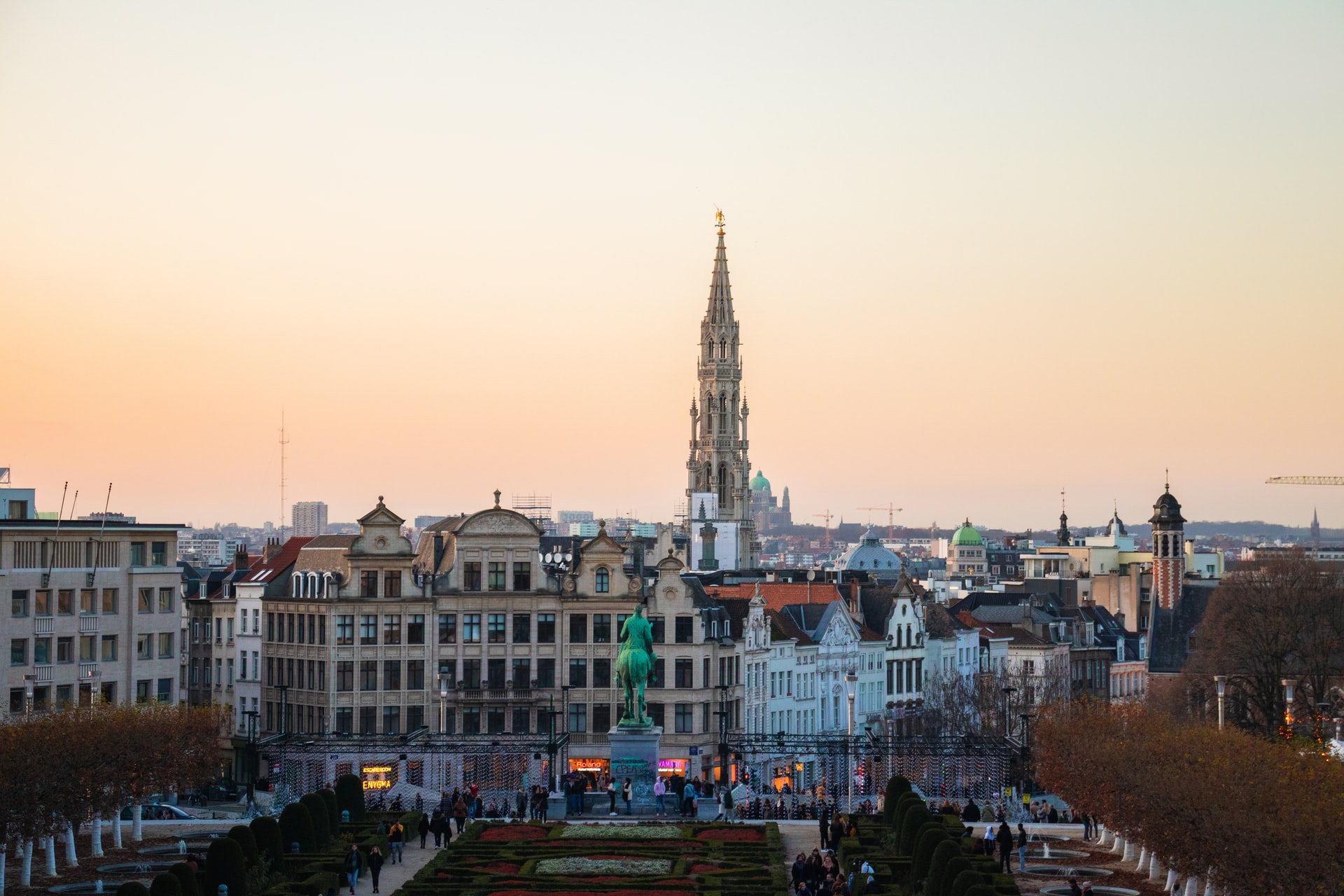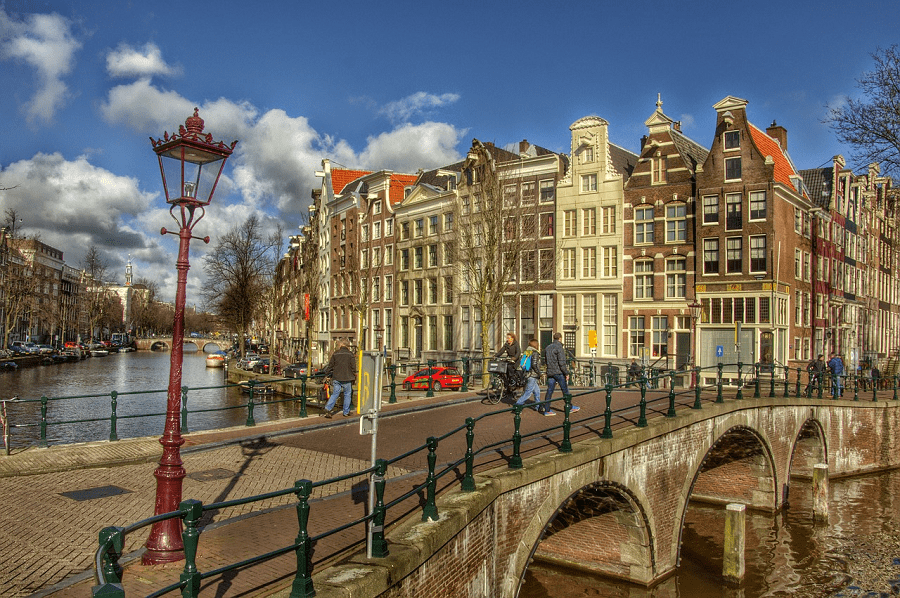What are urban road tolls?
An urban road toll is where entry to an area is subject to payment. This is usually done to reduce traffic congestion or traffic jams in the city, but can also improve other issues, such as air quality and noise. In most cities the money raised from the schemes is usually spent improving transport in and around the city.
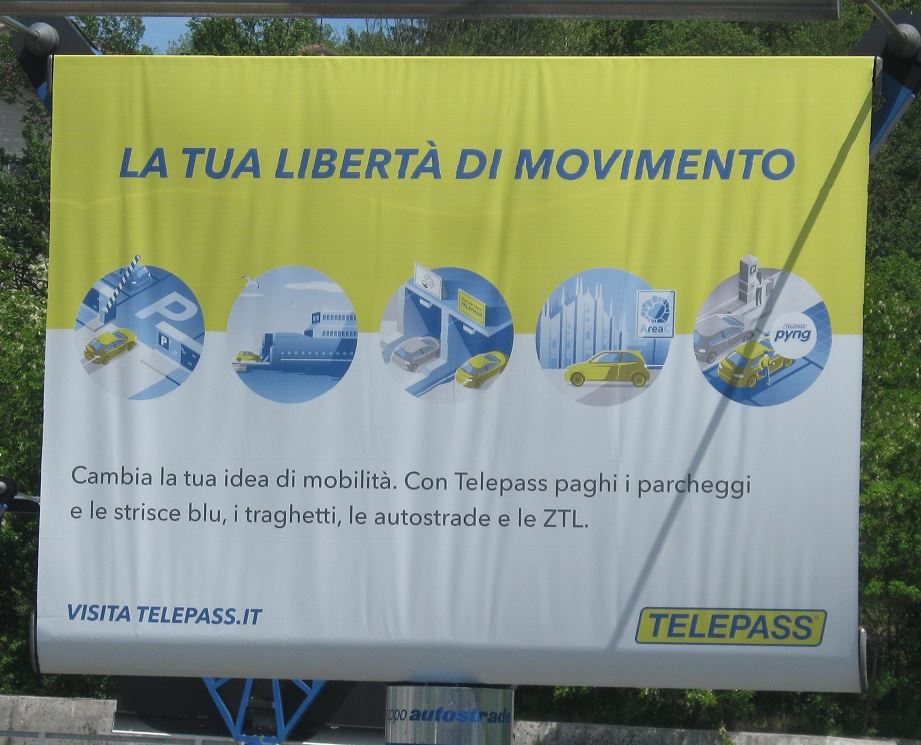
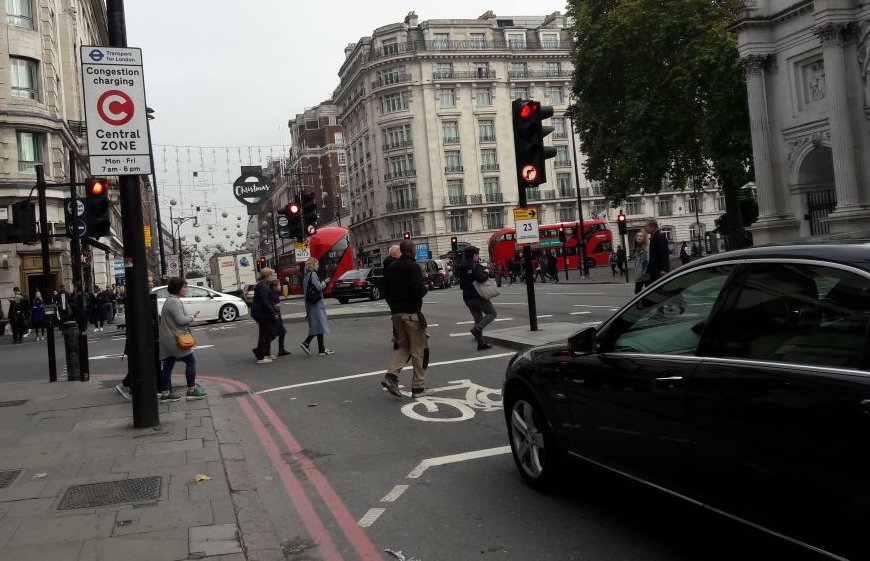
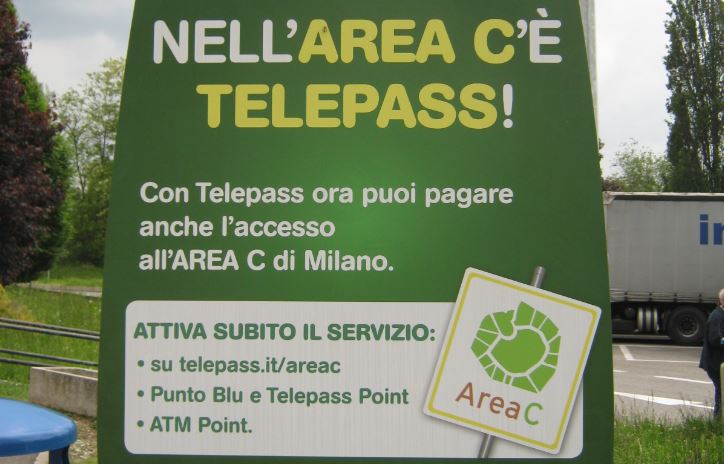
What are urban road tolls?
The most well known schemes are in London and Stockholm, but there are other schemes in Europe.
The urban road toll can be operated by camera enforcement, an electronic transponder, or by paying on entry to the area.
Other cities do not allow dirtier vehicles to go into the city (low emission zones) or require permits or other regulations (Access Regulations).
Some access regulations require payment for permits - if you are permitted to have a permit. However, these schemes are covered under Access Regulations.
Many cities and towns struggle with the balance of congestion, air pollution, noise levels, accessibility, damage to historic buildings and other pressures of urban life. Many cities have levels of pollution that harm our health, and much of the pollution comes from the traffic. Congested, polluted, noisy cities are not attractive for businesses or residents. Congestion also has a significant impact on the economy, costing nearly 100 billion Euro, or 1% of the EU's GDP, annuallyi. Urban Road Tolls, or Congestion Charging is one of the ways to reduce traffic and congestion in a city, and ensure that those that need to travel with a vehicle - for example deliveries - can travel rather than sitting in a traffic jam.
There are many ways to seek to tackle these issues, usually with a combination of many measures together, see what else is being done to reduce air pollution?. A number of cities have a tolling scheme, to regulate access to the whole or parts of the city.
How to find schemes on our website
To find the Urban road tolling schemes search our map for the red dots (you can un-click the other schemes to make it easier), or look under the scheme lists in the country pages to find the schemes, or in the case of Italy the regional pages.
Cities with charging schemes are noted with a "- CS" after the city name, and the name appears in red. Where the menu item has just the city name, the scheme is a low emission zone, - AR and blue is an access regulation.

